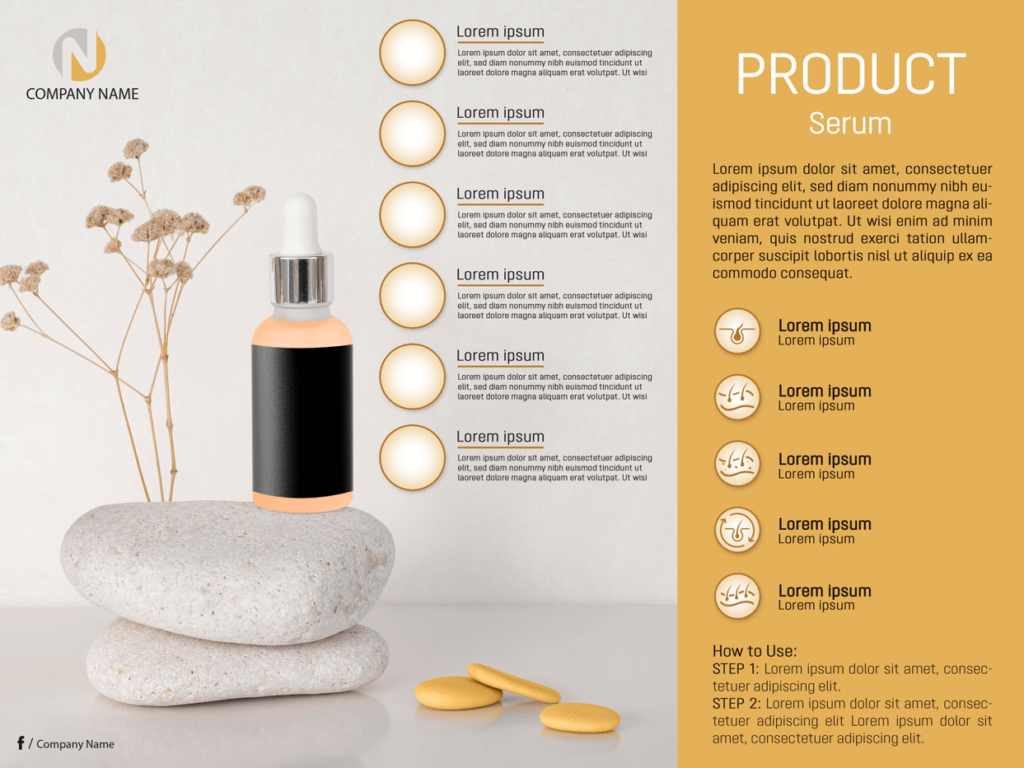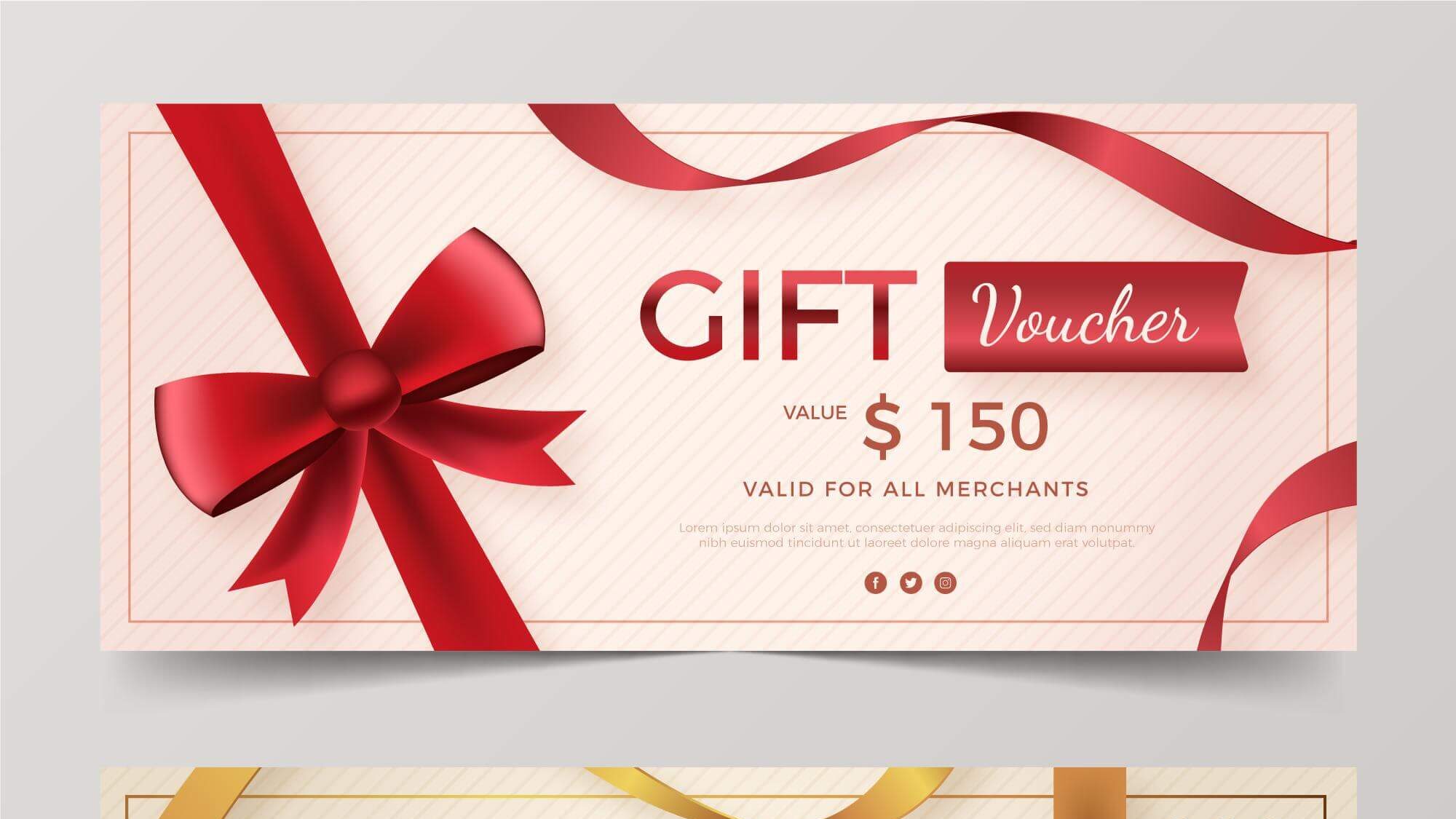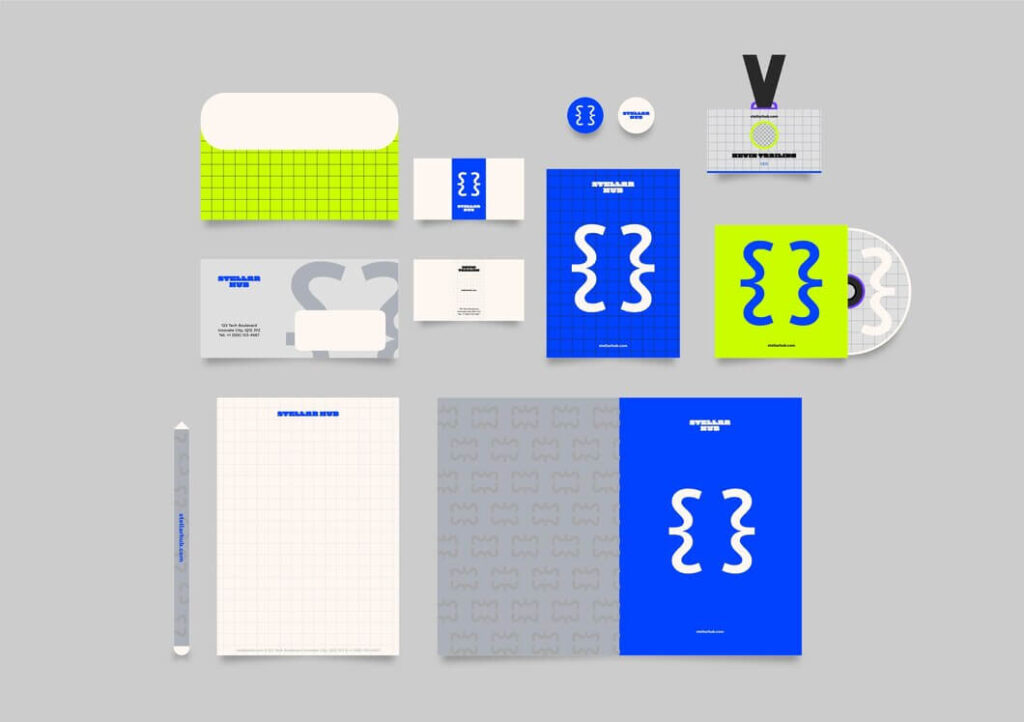A successful affiliate program is created not only by creating partnerships but also by advertising materials and promotional assets to promote your brand.
Overall, high-quality marketing materials empower affiliates to drive conversions and reach. Having a well-designed assets arsenal is one of the most important checkboxes while preparing for an affiliate program.
In this post, we’ll outline a standard list of affiliate marketing assets, while also giving you some additional ideas to make your assets more effective. Below is the affiliate assets list:
- Banner ads
- Prewritten copy for emails and posts
- Product or service description
- Brand assets
- Landing page
- Short videos
- Affiliate links and Coupons
But first, let’s explore why affiliate marketing assets will make your products more outstanding.
Why affiliate assets will be your competitive advantage over other advertisers?
Firstly, it is notable that many affiliates often associate with multiple advertisers.
So, good affiliate assets will be your competitive advantage over other advertisers. Just imagine, affiliates can use a predesigned email of your brand instead of writing a new one, there is a high chance that they will choose your brand first.
Many affiliates would not create products themself – it is too time-consuming. So they tend to choose any product with pre-designed, fruitful affiliate content storage to start working with.
The second reason is more intuitive: brand assets for all affiliates will create a consistent impression about your brand. Yeah many of them just spamming links. It takes time for affiliates to learn about your products, yet there are unmistakable characteristics.
1. Banner ads

Banner ads often contain a combination of images, text, and brand logos, providing a visual snapshot of your brand identity. Of course, it is best to provide high-quality visuals, clear text, and a strong call to action.
There are 02 types of affiliate banners:
- Image banner: Typically includes appealing image graphics and text that showcase products/ services.
- HTML5 Banner: HTML5 Banners: HTML5 banners are animated banners. Sometimes it can be interactive – helping to attract attention and convey more information than a static image.
From my experience, although HTML5 banners are more interactive and attractive, it is not the priority all the time. It’s worth noting that banner ads can be presented in a variety of sizes, whereas HTLM5 ads are typically limited to certain ad sizes. Furthermore, developing this type of advertising requires professional development skills, and banner production costs can take up a large portion of affiliates’ marketing budgets. In the case of product advertising, image banners can deliver HTLM5-compatible conversion numbers on the same budget ad. However, HTLM5 ads are definitely worth it when it comes to service types that focus on user experience, such as gaming.
Here are some tips for banner ads:
- Keep your message simple and consistent: Your banners should be intuitive while delivering the same impression to your websites & social media.
- Optimize file for faster load: 40kb or less is good!
- Banner sizes: include (width x height, in pixels) 300×250, 728×90, 300×600, 336×280
- Advisedly use .PNG, .JPG or .GIF image formats.
2. Text Links

A text link is the ever-living who want to provide in-line ad copy within their articles. These text ad links make it organic for the reader when clicking through links and also already provide additional copy partners can use within their content.
Text links are versatile and can be used across various platforms. These simple promotional messages contain a URL pointing to a specific page.
Effective text links should include:
- Consistent Voice Among Links: Maintain a consistent brand voice across all text links to avoid confusion and reinforce brand recognition.
- Various Applications: Use text links in emails, blogs, social media, review sites, forums, and messaging platforms.
- Targeted Promotions: Text links can be used for specific events, sales, product launches, and limited-time offers.
The text link can be your store name, product, contextual, or seasonal links.
3. Videos

Videos are powerful tools for reaching audiences.
Your affiliate can insert your video on their page to promote products, for instance, to provide tutorials, and to share customer stories.
Here’s how to leverage video content in your affiliate program:
- Informational video: Inducing tutorials, FAQs, product demonstrations, and explainer videos
- Testimonials video: customer success stories, company events
- User-generated content: for example, unboxing videos
- Video ads: You can create compelling video ads to capture attention and drive conversions from affiliate traffic
You can simply follow the concept of famous reviewers, like Marques Brownlee. We highly recommend it if you are confident of your products. It is preferable to create a mixture of long-form and short-form videos because many people in modern days find products & product reviews on social media.
When creating content, consider using AI-generated videos for creative content and consider using video background removers for a polished look. Explore the best Capcut alternatives for video editing to suit your specific needs.
While creating videos, by using a free video editor, you can easily engage your audience. Some platforms facilitating short-form videos can definitely be helpful for affiliates to promote your video. Approximately 20% of internet users actively search for information, on social media, not to mention the algorithm system is getting better and better at connecting content with users who are looking for it.
You can refer to the video policies of TikTok, Facebook, Instagram, and YouTube for better refining your affiliate assets.
4. Prewritten copies
Copywriting is a powerful tool, but in many cases, it does not always get the attention it deserves.
There are 02 main reasons why you should prepare copies for your affiliates:
- To keep brand voices consistent: Affiliates have different views about your brands & product, leading them to write different brand’s description in their promotion.
- To avoid A.I content abuse: ChatGPT & other A.I writer are making big shift in content production, but their works are still soulless right now. You should keep your products avoid from this bad practice.
Here are some types of copy that you need to pay attention to:
Emails template
Craft email templates that affiliates can personalize and send to their subscribers. Email templates typically should have compelling subject lines and engaging content that drives readers to take action.
It is DEFINITELY a huge time-saver for your affiliates and also gives you some control of brand identity (including the language used and color).
Social posts (do not forget the hashtags)
Social media is a critical component of affiliate marketing. Actually, in many cases, social media is a platform that drives the most traffic. It is even more important when you have influencers (KOL) in your affiliate’s portfolio.
Your content should include:
- Photos: providing a whole gallery of affiliate products is advised
- Short videos: this is not mandatory, but such videos can be used to help affiliates to create UCG content
- Affiliate disclosure hashtags: for example #affiliate, #ads and #sponsored
- The campaign hashtag: The affiliate marketing campaign hashtags should be distinguished to the brand’s hashtag because you need to track the traffic from difference source. For instance, as my brand is SPONGEE, the brand’s hashtag is #spongee and the affiliates’ hashtag should be #spongeepartner
Sale copies
A sale copy can serve different purposes. From landing pages to email campaigns. Craft persuasive copy that highlights the benefits of your products and includes clear calls to action. Again, it will help you save tons of time.
Sales content is typically focused on products and their unique selling points. For example:
- Infographics that visually explain your product’s features and benefits.
- Customer testimonials or real-world use cases.
- Product comparisons that highlight what makes your products unique.
Blog posts
Blog posts are not essential assets, they are considered as an supporting materials to improve affiliates’ performance.
A blog post is actual content, not just as an addition to ads or a decorative touch on a website. You might think that writing a blog post may be a tedious and time-consuming task, but it literally worth it. A well-written copy can become part of popular blog posts and core content, leading to significant traffic and sales from organic sources to your website and products.
An another big reason is that most affiliates don’t understand the product as you do. They often work with various brands, and don’t have time to dive into details of every single products. Hence, they article may be unexpectedly misleading. Therefore, the purpose of prewritten blogposts is not to give them a doc for copy-paste, but to give affiliates an CORRECT OUTLINE that they can rewrite articles base on it. .
Here are some useful blogposts ideas for affiliates:
- A sample blog post on a specific niche topic.
- A sample blog post focused on a seasonal theme, like a holiday gift guide.
- A how-to article that affiliates can customize for their own use.
- A top 10 product list featuring (some of) your products.
5. Product data feed descriptions

A product data feed includes product SKUs, size, names, descriptions, pricing, and pictures. This asset is valuable for tech-savvy affiliates who can embed products on their websites. Here’s how to use XML product feeds effectively:
- Comprehensive Product Information: Include detailed information about your products to help affiliates create engaging content. It may include product names, features, pricing, SKU/UPC Codes, categories & tags.
- Versatile Usage: Affiliates can use product feeds to create guides, recommendations, and product listings on their websites.
- Image: High-resolution images showcasing your products from multiple angles. Video is a plus.
6. Landing pages

An affiliate link will typically direct customers to a homepage or a product page.
Creating a landing page requires a customized affiliate link (and that link is separated from the default links that affiliates use to direct traffic). Default links and pages are often dull and lack persuasive elements.
In many situations, especially when releasing new products or during sales seasons, a landing page can significantly improve conversion rates. So, providing affiliates with specific links pointing to landing pages can help boost sales.
Providing them with a landing page, also known as a money page, is crucial, as most affiliates stick to default links that are automatically generated by the affiliate software.
Additionally, don’t forget to notify affiliates when a new landing page becomes available. This ensures that they know about the latest promotional materials and can use them to increase conversion rates.
See more: How to create affiliate links – a guide for merchants!
7. Coupons, discounts, and gift cards

Coupons, discounts, and gift cards are similar in that they typically come in the form of codes. Despite having different names, they often work the same way: enter the coupon code, and the affiliate earns a commission while the customer gets a discount or reward.
This is a great way to customize the affiliate experience, and coupon codes don’t require affiliate links or cookies. This ensures the right affiliate always gets credit when their code is used (as long as customers use the code correctly).
Many affiliates prefer coupons because they enjoy sharing good deals with their followers!
With BixGrow, you can assign coupons to all affiliates at once, and you can also allow them to create their own custom coupons. For example, a custom coupon might be “ADAM20OFF.”
A tip for using coupons: Unlike affiliate links, coupons can direct customers to a website with just a click. This is why coupons are often presented with a link to the store in the same promotional post.
However, the biggest advantage of coupons is that they are very intuitive, indicating to customers that they can get a discount.
Plus, they are highly customizable and can be used specifically in situations where links are restricted, making them memorable. For example, on Instagram, it can be more effective for affiliates to share a coupon code directly in a Reel, which is more intuitive for viewers.
The same applies to discounts and gift cards.
But what if you want to offer something more visual? You could create graphic coupons or images with coupon details (essentially digital gift cards). This is especially useful for social media influencers, like those on Instagram. Graphic coupons are easy for influencers to share, feel special to customers, and contain all the information followers need to get the discount.
8. Brand assets kit

Please repeat the background of any photos. A brand assets page typically contains the following elements:
- Company Logo: The official logo used for branding and marketing.
- Brand Colors: A palette of colors that represent your brand’s identity.
- Brand Fonts: Specific fonts chosen to reflect your brand’s style.
- Product Images: High-quality photos and visuals of your products.
- Slogan: A catchy phrase or tagline associated with your brand.
That’s it. UGC or social posts don’t typically requires the uses of brand kit, but sponsored post or paid ads do.